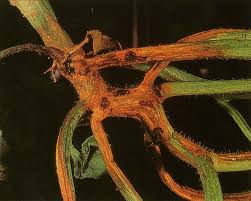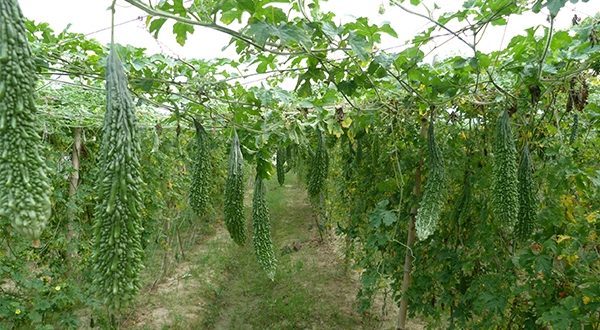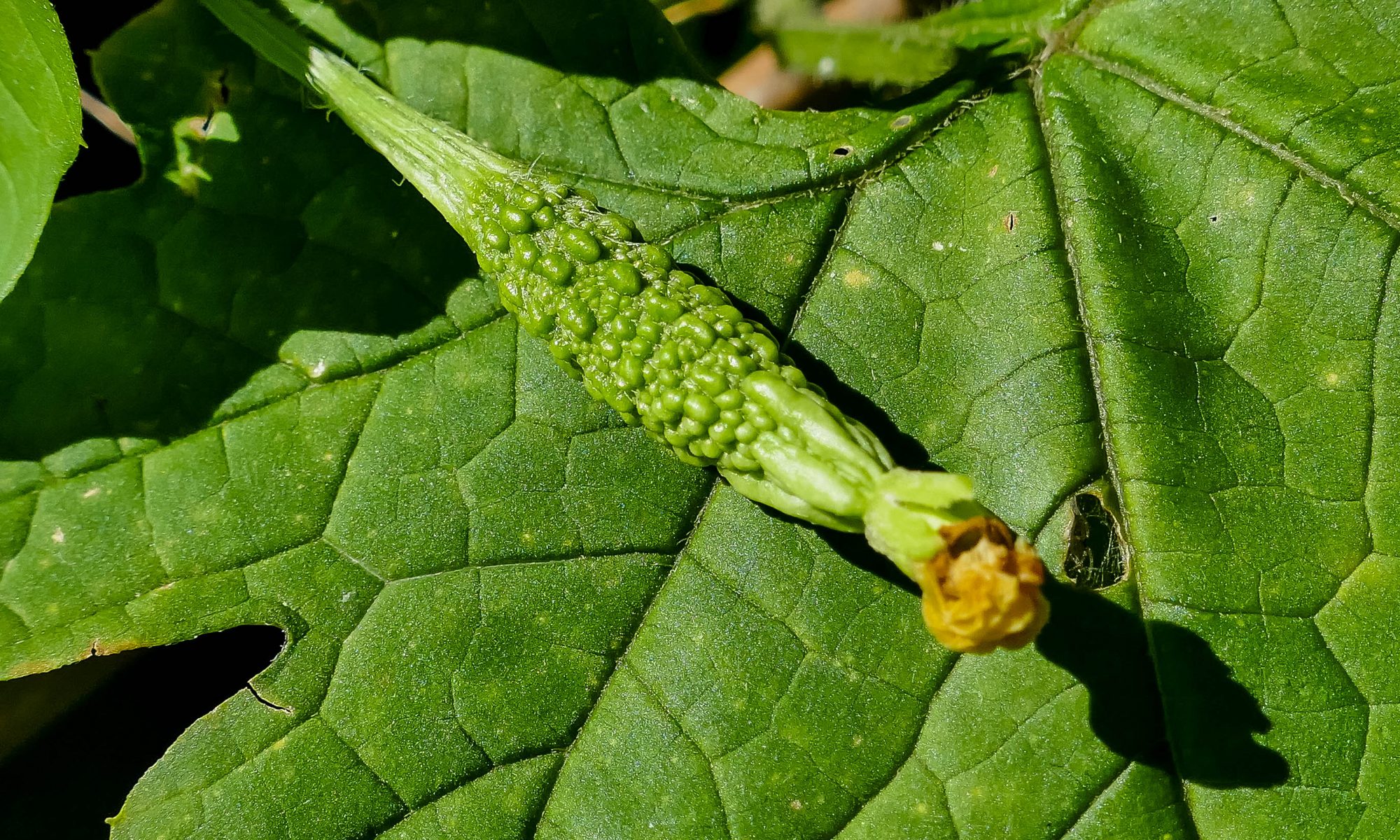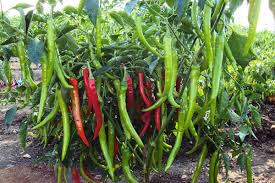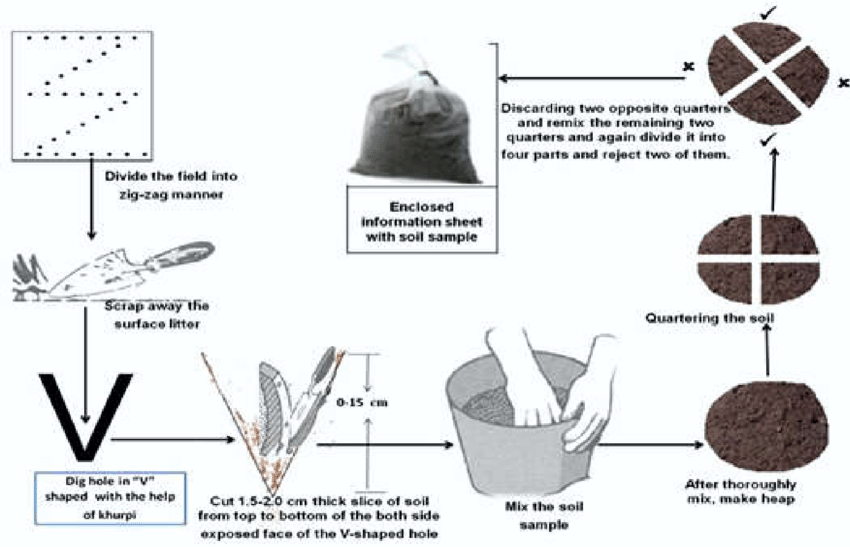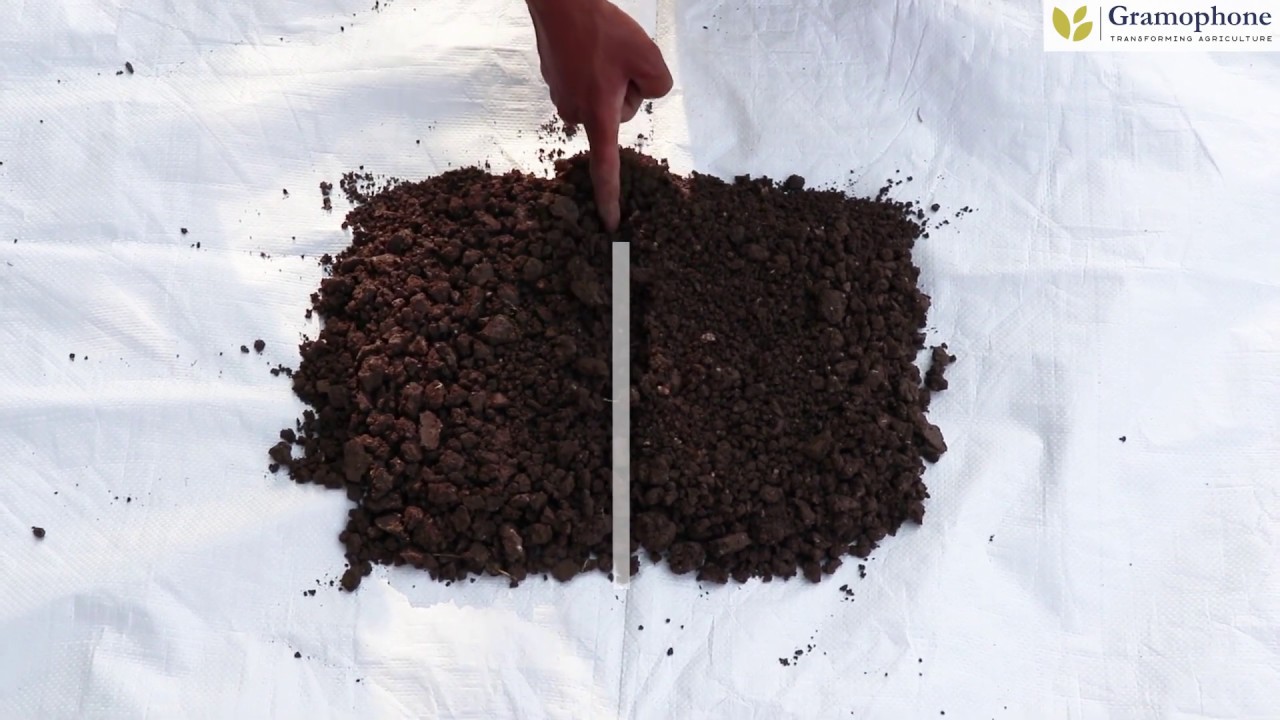Due to the cyclone made in the Bay of Bengal, it is raining in Central India. According to the Meteorological Department, there’s a possibility of heavy rain with hail in many areas of the country. Light to moderate rains is expected in the eastern and central parts of Madhya Pradesh and North Chhattisgarh in the next 24 hours. Along with this, some areas in Sikkim, West Bengal and southern coastal Tamil Nadu could also witness scattered rains.
In view of the recent changes in the weather, farmers should take the following precautions-
- Maintain the drainage system properly in the field so that the water won’t stop for long in the field.
- During harvesting, do not keep the crops in an open area. Instead, keep it in a splash, room, warehouse or any place where rainwater can’t come.
- Once the sky gets clear, spread the gram, lentil, wheat etc. on a tirpal or plastic sheets and dry it thoroughly for 2 to 3 days so that the moisture content in the grains comes below 12%. Then store it properly.
- To protect the seeds from insects and fungus, clean the stalks, soil, leaves and weeds from the seeds and dry it thoroughly for 2-3 days in strong sunlight, and store them only when there’s just 8-10% moisture left in the seeds.
- Seed treatment with fungicide is necessary before storage, which can lead to cheap and effective control of the seed-borne disease. For this purpose, the seeds should be treated with 3 grams of thyram or captian or 2 grams of carboxin for each kilogram of seed.
- Given the change in weather, many diseases and pests can attack crops because this environment is suitable for them.
- Vegetables of Summer pumpkin group are prone to the attack of red beetle insect. If the number of these insects is high, spray Dichlorovos 76 EC @ 1 gram per litre of water.
- To control juice sucker insects like whitefly, aphid, jassids etc. in okra, spray dimethoate 30 EC @ 1-1.5 ml per liter of water.
- There is a high possibility of Thrips in Onion crop so spray Profenophos 50 EC @ 45 ml or Lambda cyhalothrin 4.9% CS @ 20 ml or Spinosed @ 10 ml or Fipronil 5 SC @ 15 liters water per acre.
- Use 0.5 ml mixture with insecticide in 15 liters of water, so that the insecticide is absorbed by the plants properly.
- Deep ploughing should be done in such time. deep ploughing leads to smooth movement of air in the soil, thereby increasing the water holding capacity in the soil and destroying harmful insect and fungal spores.


